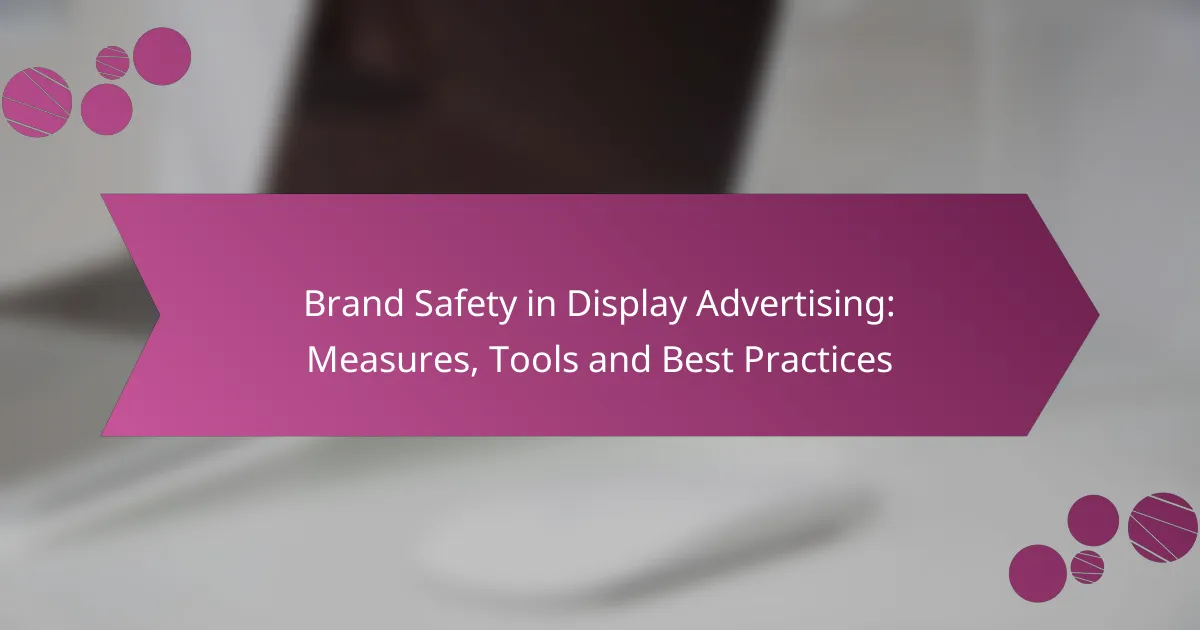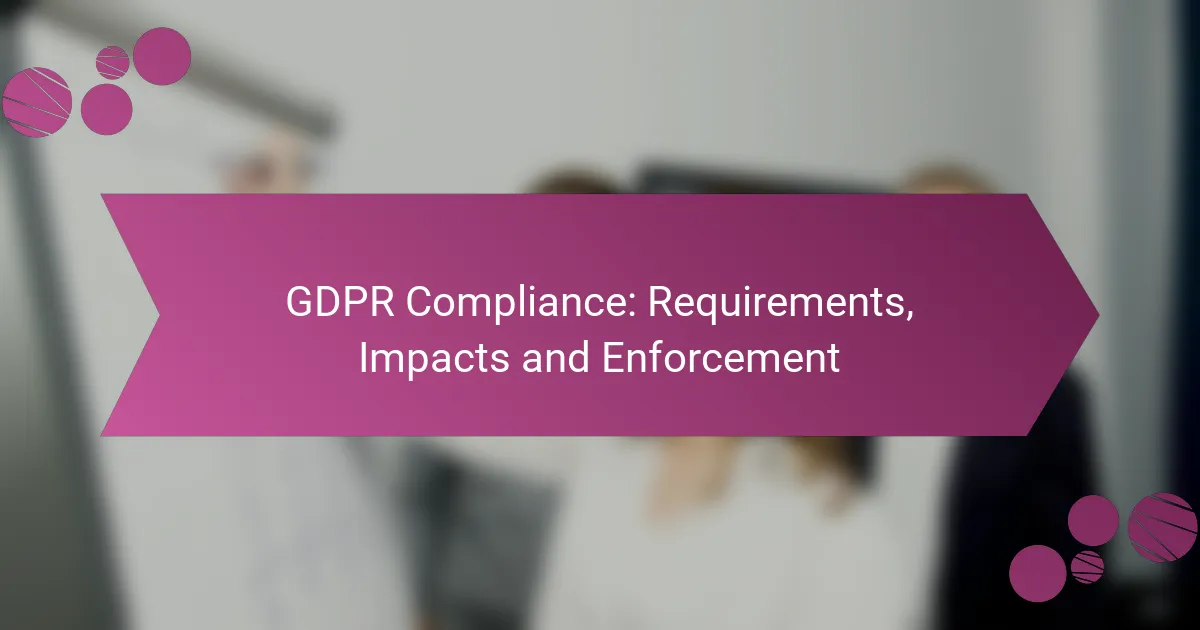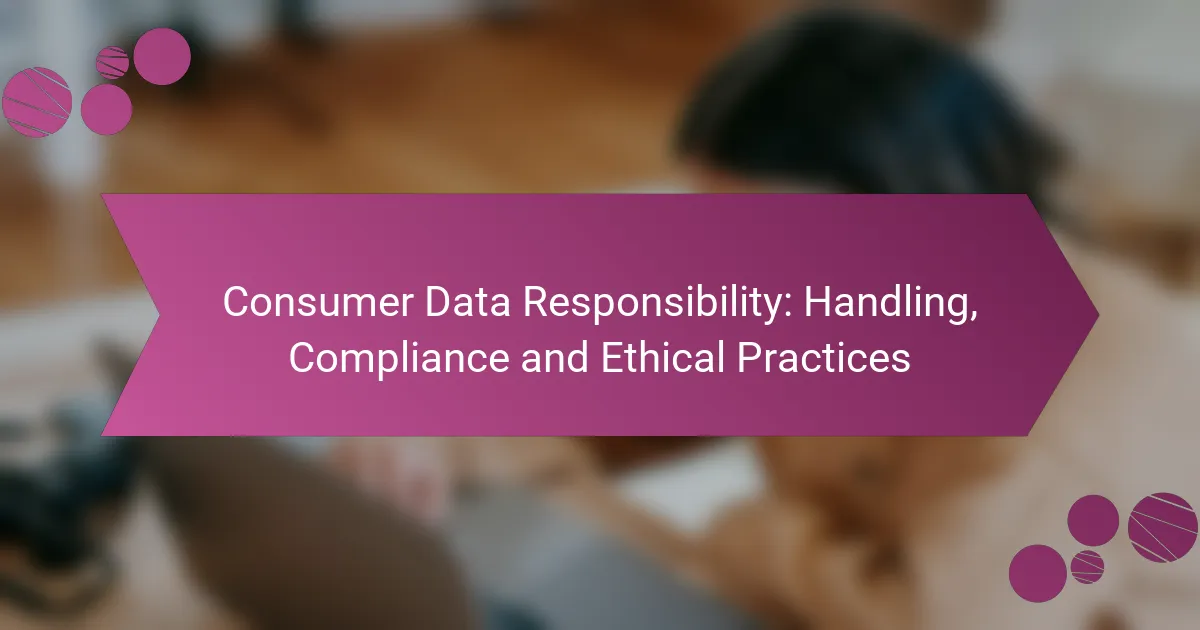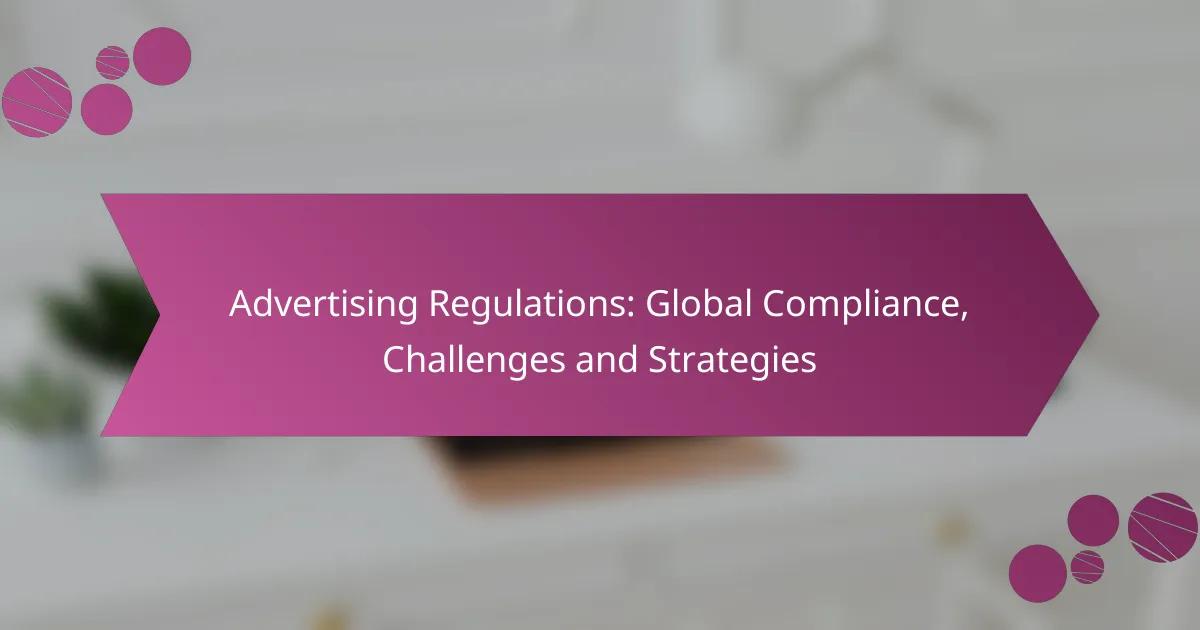Brand safety in display advertising is crucial for protecting your brand from harmful or inappropriate content. Implementing proactive measures, such as using filtering tools and maintaining updated whitelists and blacklists, can significantly enhance your advertising strategy. By leveraging technology and key tools for ad verification and viewability tracking, advertisers can ensure their campaigns align with their brand values and are effectively monitored across digital platforms.

What are the best practices for brand safety in display advertising?
To ensure brand safety in display advertising, it is essential to implement proactive measures that protect your brand from inappropriate or harmful content. Best practices include utilizing filtering tools, maintaining updated whitelists and blacklists, regularly reviewing ad placements, and collaborating with trusted partners.
Implementing pre-bid filtering
Pre-bid filtering involves using technology to assess ad inventory before a bid is placed, ensuring that ads are only shown in safe environments. This process can significantly reduce the risk of your ads appearing alongside inappropriate content. Consider using solutions that analyze contextual relevance and brand safety metrics to filter out unsuitable placements.
Many platforms offer pre-bid filtering options that allow advertisers to set specific criteria, such as content categories or brand safety levels. Regularly updating these criteria based on current trends and consumer sentiment can enhance your brand’s protection.
Utilizing whitelists and blacklists
Whitelists and blacklists are essential tools for controlling where your ads appear. A whitelist includes approved sites that align with your brand values, while a blacklist contains sites to avoid due to potential reputational risks. By maintaining these lists, you can ensure that your ads are only displayed in safe and relevant contexts.
Regularly reviewing and updating these lists is crucial, as new sites emerge and existing sites may change their content focus. Consider using automated tools that can help manage these lists efficiently, ensuring that your brand safety measures remain effective over time.
Regularly reviewing ad placements
Consistent monitoring of ad placements is vital for maintaining brand safety. Regular reviews allow you to identify any placements that may not align with your brand’s image or values. Set a schedule for these reviews, whether weekly or monthly, to ensure that any issues are addressed promptly.
Utilize analytics tools to track performance and context of ad placements. This data can help you make informed decisions about where to allocate your advertising budget and which placements to avoid in the future.
Engaging with trusted partners
Working with trusted partners is a key component of brand safety in display advertising. This includes collaborating with reputable ad networks, publishers, and technology providers who prioritize brand safety. Establishing strong relationships with these partners can lead to better transparency and accountability in ad placements.
When selecting partners, consider their track record regarding brand safety and their commitment to maintaining high standards. Regular communication and feedback can help ensure that your brand’s safety needs are consistently met throughout your advertising campaigns.

How can technology enhance brand safety?
Technology can significantly enhance brand safety by providing tools and solutions that monitor, verify, and optimize advertising placements. By leveraging advanced algorithms and data analytics, advertisers can minimize risks associated with inappropriate content and ensure their brands are represented positively across digital platforms.
Using AI-driven monitoring tools
AI-driven monitoring tools analyze vast amounts of data in real-time to identify potential risks to brand safety. These tools can detect harmful content, such as hate speech or adult material, and flag it before ads are displayed. For instance, using machine learning algorithms, these systems can improve their accuracy over time, adapting to new trends and emerging threats.
When selecting an AI monitoring tool, consider its ability to integrate with existing ad platforms and its responsiveness to alerts. Regularly review the tool’s performance metrics to ensure it meets your brand’s safety standards.
Integrating brand safety verification platforms
Brand safety verification platforms provide an additional layer of protection by assessing the environments where ads appear. These platforms typically offer services like pre-bid verification, ensuring that ads are only placed on safe sites. They can also provide post-campaign analysis to evaluate the effectiveness of brand safety measures.
Choose a verification platform that aligns with your advertising goals and provides comprehensive reporting features. Look for platforms that comply with industry standards, such as the Media Rating Council (MRC) guidelines, to ensure reliable results.
Employing contextual targeting solutions
Contextual targeting solutions enhance brand safety by placing ads in relevant environments that align with the brand’s values. By analyzing the content of web pages, these solutions ensure that ads appear alongside appropriate material, reducing the risk of negative associations. For example, a family-friendly brand can target sites focused on parenting or education.
When implementing contextual targeting, regularly assess the effectiveness of your chosen keywords and categories. Avoid overly broad targeting that may inadvertently associate your brand with unsuitable content. Instead, focus on specific themes that resonate with your audience and reflect your brand’s identity.

What are the key tools for ensuring brand safety?
Key tools for ensuring brand safety in display advertising include ad verification, measurement, and viewability tracking solutions. These tools help brands monitor where their ads appear, assess the effectiveness of their campaigns, and ensure that their advertising environments align with their values.
DoubleVerify for ad verification
DoubleVerify is a leading ad verification tool that helps brands ensure their ads are displayed in safe environments. It checks for factors like ad fraud, brand safety, and viewability, allowing advertisers to filter out undesirable placements.
Using DoubleVerify, brands can set specific criteria for ad placements, such as avoiding content that is violent or adult-oriented. This proactive approach helps maintain brand integrity and consumer trust.
Integral Ad Science for measurement
Integral Ad Science (IAS) provides comprehensive measurement solutions that assess the effectiveness of advertising campaigns. It evaluates metrics such as viewability, engagement, and brand safety, helping brands understand the impact of their ads.
Brands can leverage IAS to gain insights into their audience’s interactions with ads, allowing for data-driven adjustments to improve performance. Regularly reviewing these metrics can lead to better targeting and higher return on investment.
Moat for viewability tracking
Moat specializes in viewability tracking, ensuring that ads are seen by real users and not just served to bots or in non-visible spaces. This tool measures whether ads are actually viewable, providing brands with transparency regarding their ad placements.
By using Moat, advertisers can optimize their campaigns based on viewability data, focusing on placements that yield higher visibility rates. This can significantly enhance the effectiveness of display advertising efforts and improve overall campaign outcomes.

What are the risks of inadequate brand safety measures?
Inadequate brand safety measures can expose companies to various risks that undermine their reputation and financial stability. These risks include loss of consumer trust, negative brand associations, and financial repercussions due to ad fraud.
Loss of consumer trust
When brands fail to implement effective safety measures, they risk losing consumer trust. Customers expect brands to protect their values and interests, and any failure in this regard can lead to skepticism and disengagement.
For example, if a brand’s ads appear alongside inappropriate content, consumers may question the brand’s integrity and judgment. This can result in a decline in customer loyalty and a negative impact on sales.
Negative brand association
Inadequate brand safety can lead to negative associations that tarnish a brand’s image. Ads placed next to controversial or harmful content can create a perception that the brand endorses such material, which can alienate potential customers.
To mitigate this risk, brands should utilize tools that ensure their advertisements are displayed in safe environments. Regularly auditing ad placements can help identify and rectify any harmful associations before they escalate.
Financial repercussions from ad fraud
Ad fraud poses significant financial risks for brands that do not prioritize brand safety. Fraudulent activities, such as click fraud or impression fraud, can lead to wasted advertising budgets and diminished returns on investment.
Brands should consider implementing verification tools and working with reputable ad networks to minimize exposure to fraudulent activities. Regularly monitoring campaign performance can help detect anomalies that may indicate fraud, allowing brands to take corrective action swiftly.

How does brand safety impact display advertising ROI?
Brand safety significantly influences display advertising ROI by ensuring that ads appear in appropriate contexts, which enhances brand reputation and consumer trust. When brands prioritize safety, they can expect improved engagement and conversion rates, ultimately leading to better returns on their advertising investments.
Improved customer engagement
Ensuring brand safety leads to improved customer engagement by aligning ads with suitable content that resonates with target audiences. When consumers see ads in safe environments, they are more likely to interact positively, fostering a connection with the brand. For example, ads placed alongside reputable news articles or popular blogs can enhance credibility and encourage user engagement.
To maximize engagement, brands should regularly assess the contexts in which their ads appear and adjust their strategies accordingly. Utilizing tools that monitor ad placements can help maintain a positive brand image and enhance audience interaction.
Higher conversion rates
Brand safety contributes to higher conversion rates by creating a trustworthy environment for potential customers. When ads are displayed in safe contexts, consumers feel more secure in their purchasing decisions, which can lead to increased sales. Brands that invest in safety measures often see conversion rates improve by several percentage points.
To boost conversions, brands should focus on targeting relevant audiences and ensuring their ads are placed in environments that reflect their values. This alignment can significantly influence consumer behavior and drive more effective results.
Reduced ad spend wastage
By prioritizing brand safety, companies can reduce ad spend wastage associated with ineffective placements. Ads shown in unsafe or irrelevant contexts can lead to low engagement and high bounce rates, wasting valuable marketing budgets. Brands can save a significant portion of their ad spend by ensuring their ads reach the right audience in appropriate settings.
To minimize wastage, brands should implement strict guidelines for ad placements and utilize analytics tools to track performance. Regular audits of ad placements can help identify and eliminate ineffective strategies, ensuring that budgets are allocated efficiently.

What frameworks can guide brand safety strategies?
Brand safety strategies can be guided by established frameworks that help ensure advertising content aligns with a brand’s values and reputation. These frameworks typically include industry standards, collaborative efforts, and best practices that mitigate risks associated with display advertising.
Industry standards and guidelines
Industry standards and guidelines play a crucial role in shaping brand safety strategies. Organizations like the Interactive Advertising Bureau (IAB) and the Media Ratings Council (MRC) provide frameworks that define acceptable practices and benchmarks for safe advertising environments. Adhering to these standards helps brands avoid placements next to harmful or inappropriate content.
Key guidelines often include content verification, viewability metrics, and transparency in ad placements. Brands should regularly review these standards to ensure compliance and adapt to evolving market conditions. For instance, using tools that adhere to the IAB’s guidelines can significantly reduce the risk of brand exposure to unsafe environments.
Collaborative efforts among advertisers
Collaborative efforts among advertisers enhance brand safety by pooling resources and sharing insights. Initiatives like the Global Alliance for Responsible Media (GARM) bring together brands, agencies, and platforms to address common challenges in digital advertising. Such collaborations can lead to the development of shared best practices and collective action against harmful content.
Advertisers can also engage in partnerships with technology providers to implement advanced safety measures, such as AI-driven content filtering and real-time monitoring. By working together, brands can create a more secure advertising ecosystem that protects their reputation and fosters consumer trust.









